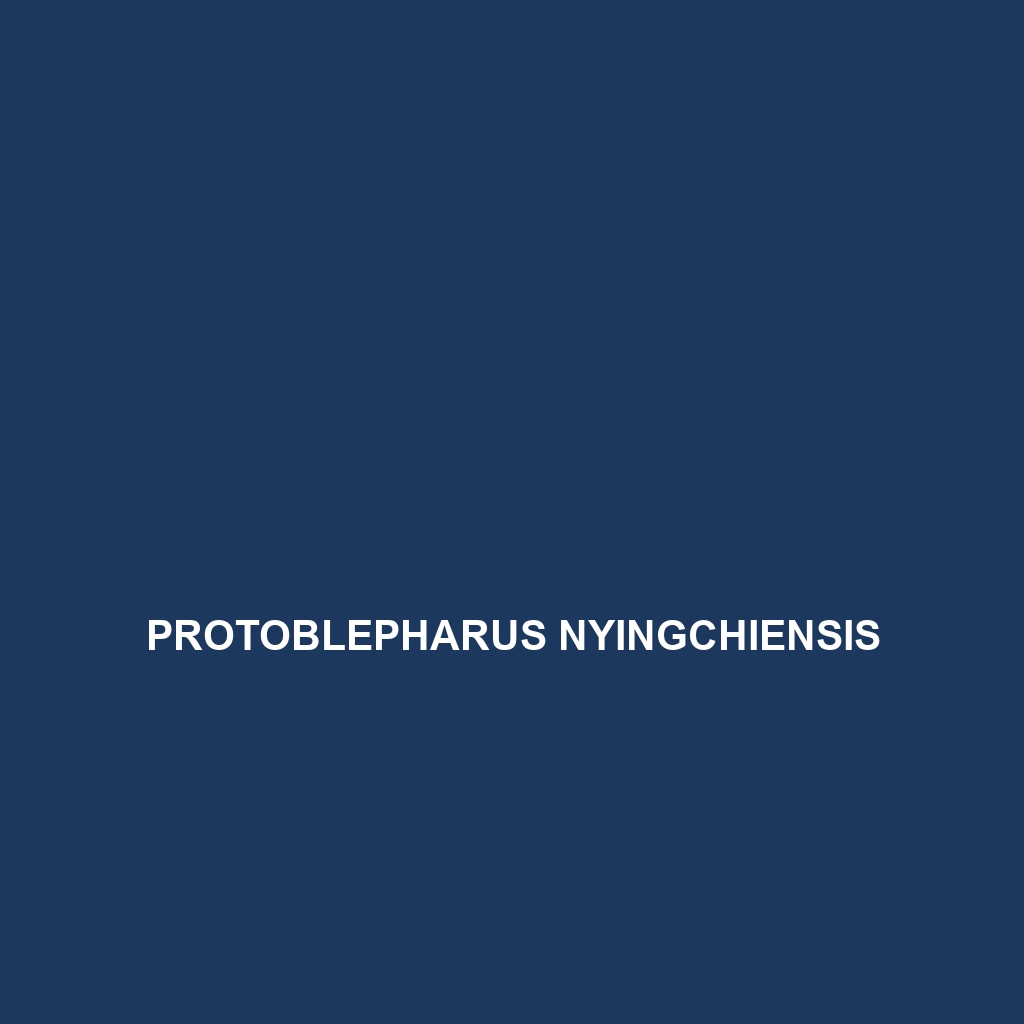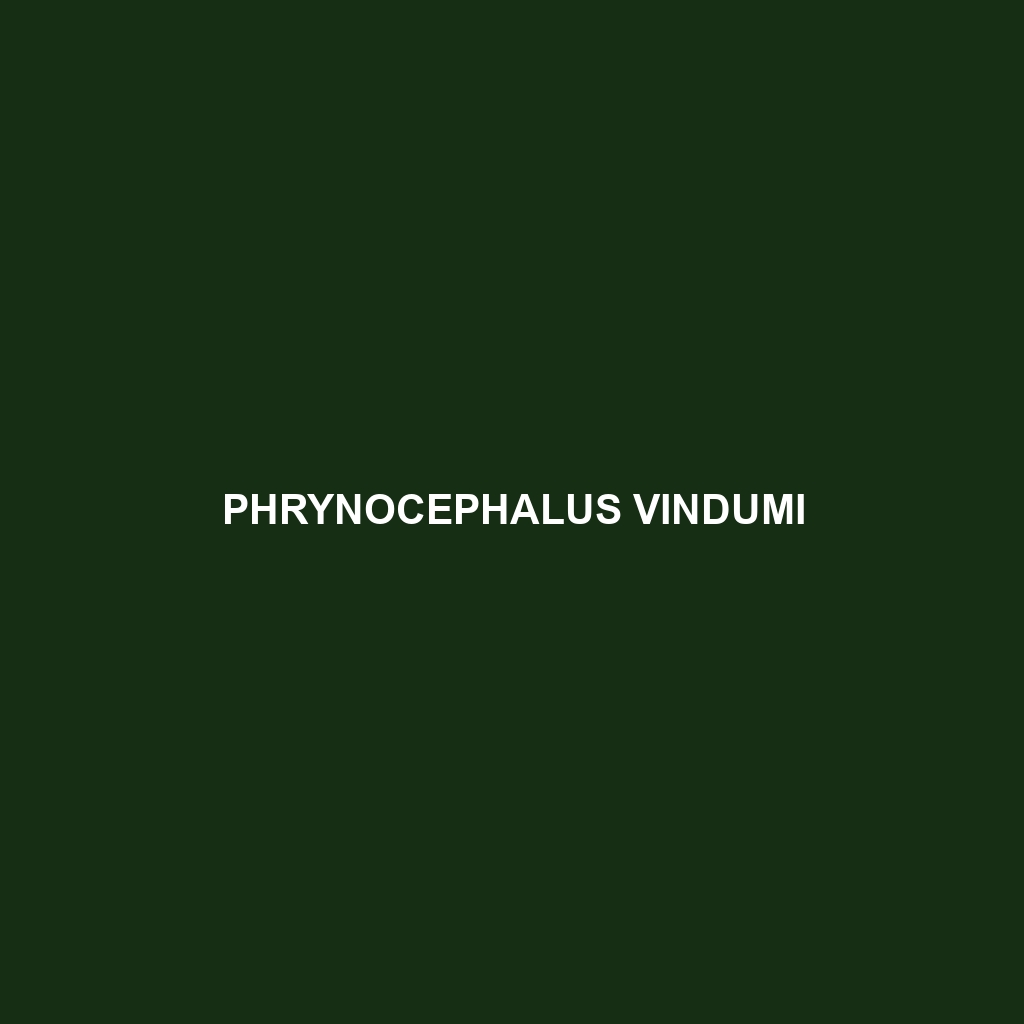Protoblepharus nyingchiensis is a vulnerable, partially arboreal species native to the eastern Himalayas, thriving in humid subtropical forests. This 25-30 cm long predator displays a striking blend of browns and greens for effective camouflage and primarily feeds on insects, while its unique behavior includes nocturnal hunting and complex social interactions.
Tag: seasonal mating
Protoblepharus nyingchiensis
Protoblepharus nyingchiensis is a vulnerable, partially arboreal species native to the eastern Himalayas, thriving in humid subtropical forests. This 25-30 cm long predator displays a striking blend of browns and greens for effective camouflage and primarily feeds on insects, while its unique behavior includes nocturnal hunting and complex social interactions.
Phrynocephalus vindumi
<p><b>Phrynocephalus vindumi</b>, known for its striking appearance and spiny scales, thrives in arid Central Asian habitats, exhibiting unique behaviors such as diurnal foraging and elaborate mating displays. An insectivore, this resilient lizard plays a pivotal role in controlling insect populations and contributes to the ecological balance of its environment.</p>
Mesalina adramitana
<p>The <b>Mesalina adramitana</b>, or Adramitani Sand Lizard, thrives in the arid regions of western Asia, exhibiting a slender body measuring 12 to 20 cm in length, and a light brown to tan coloration that aids in camouflage. Primarily diurnal and insectivorous, these lizards are well-adapted to their desert habitat, capable of burrowing to escape heat and predators, while playing a vital role in maintaining ecological balance.</p>
Liolaemus halonastes
Discover the captivating <b>Liolaemus halonastes</b>, a distinctive lizard species from southern Argentina and Chile, known for its striking coloration and adaptability in temperate forests and shrublands. This insectivore plays a vital role in its ecosystem, controlling insect populations while exhibiting fascinating social behaviors and reproductive traits.
Lerista haroldi
<b>Lerista haroldi</b> is a slender, nocturnal lizard native to Australia's temperate forests and sandy habitats, growing up to 15 cm long. As an insectivore, it plays a vital role in controlling insect populations while exhibiting unique adaptations for burrowing and camouflage.
Dixonius hangseesom
Introducing the Dixonius hangseesom, a medium-sized, vibrant lizard native to the lush rainforests of Southeast Asia, known for its distinctive coloration, nocturnal foraging habits, and critical role in maintaining ecological balance through its diverse diet and effective seed dispersal. This unique species, classified as vulnerable, showcases remarkable adaptability and fascinating social behaviors that contribute to its survival in changing environments.






